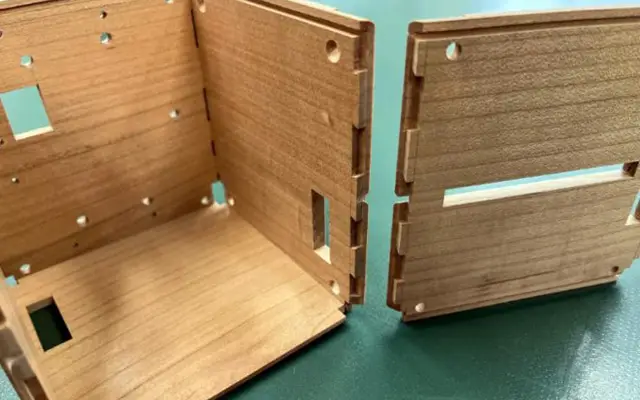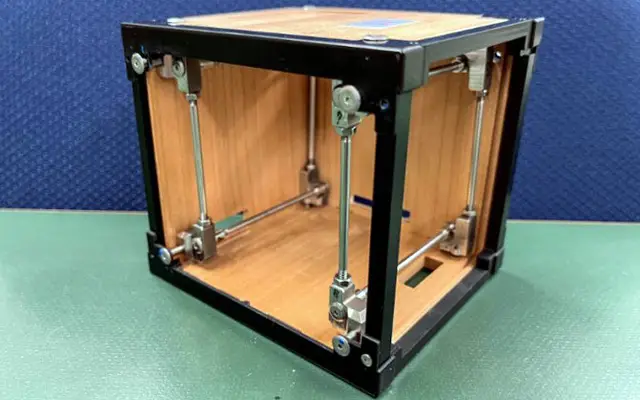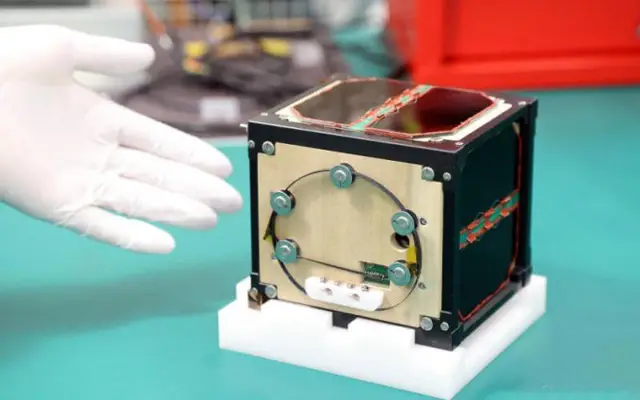In the last days of December 2024, five cubesats were launched into outer space from the ISS, among which the Japanese LignoSat stands out. This is the world's first satellite with a wooden hull. It will spend several months in orbit, testing wood as a building material for space stations and bases.

The wooden satellite project was carried out by a team of scientists from Kyoto University, led by former Japanese astronaut Takao Doi, who is currently a professor at the university. They were assisted by the woodworking company Sumitomo Forestry. A year before the satellite was sent to the ISS, samples of various types of wood, varnished and uncoated, were delivered to the ISS in order to select the most vacuum-resistant material. As a result, the choice fell on the Japanese magnolia variety - honoki.
In Japanese culture, honoki wood has historically been used to make scabbards for samurai swords, katanas. Launching a satellite using honoki into space, according to the Japanese, promises to bring the woodworking industry to a new level. Takao Doi's team, together with Sumitomo Forestry, has even developed a 50-year plan to plant magnolia plantations to meet the potential demand for wood for building bases on the Moon, Mars and other celestial bodies.

The walls of the LignoSat cubesat are connected without glue or nails using the dovetail method. At the same time, the satellite has a rigid frame and a fastening system of steel spokes, which makes the connection of the joinery perhaps unnecessary, but gives the structure a certain elegance. However, the behavior of the grooves under vacuum conditions can provide important information about the properties of the wood, which makes this solution practical.

During free flight in orbit, the wood must prove its reliability not only as a structural material, but also as a protection of electronics from radiation and penetration of the geomagnetic field through the walls of the satellite. Well, the first step has been taken. A similar project is also being developed at the European Space Agency. In the future, replacing aluminum satellite bodies with wooden ones will avoid pollution of the Earth's atmosphere with aluminum oxide, which is formed when satellites burn up. Wood, on the other hand, is an environmentally friendly solution.
